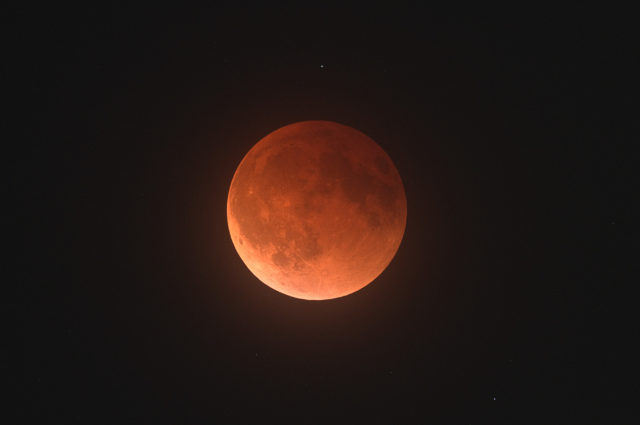
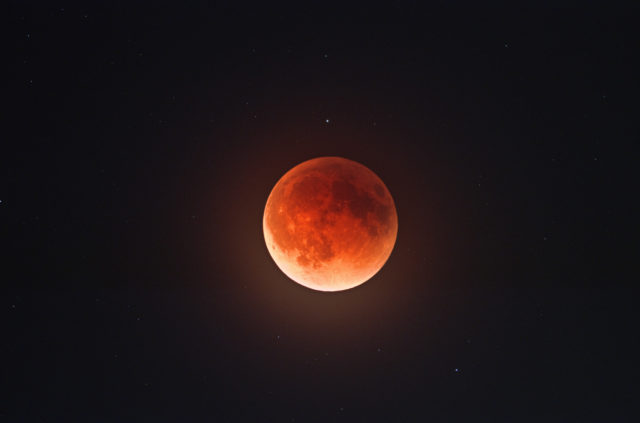
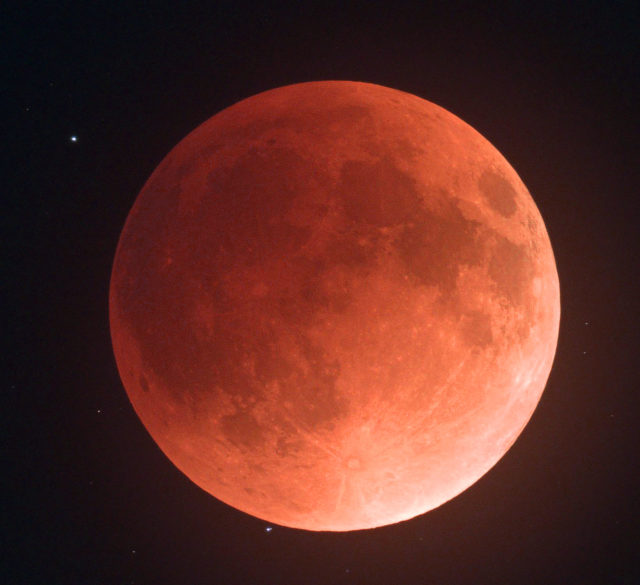
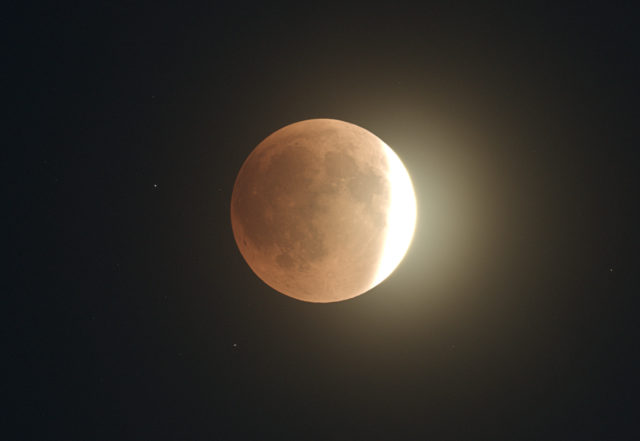
Clear to partly cloudy skies and a little humid, but good enough to get shots of most of the eclipse. The four images above were some of the better captures.




Clear to partly cloudy skies and a little humid, but good enough to get shots of most of the eclipse. The four images above were some of the better captures.
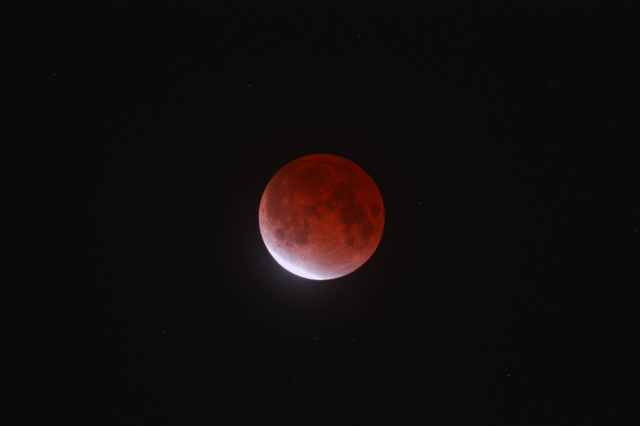
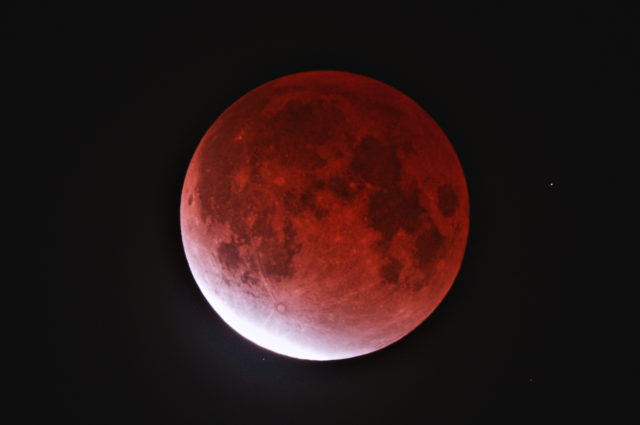
The lunar eclipse of Nov 19, 2019 was pretty good, considering it was only partial. I started imaging at 1:00 and didn’t stop until dawn. The two best images are above. The sequence below is exactly how they came out live in the field, so to speak.
BONUS:
Two comets, C/2021 A1 and 67P, just a quick look to see their progress from the last time. 67P appears to have faded a little and C/2021 A1 has gotten brighter.
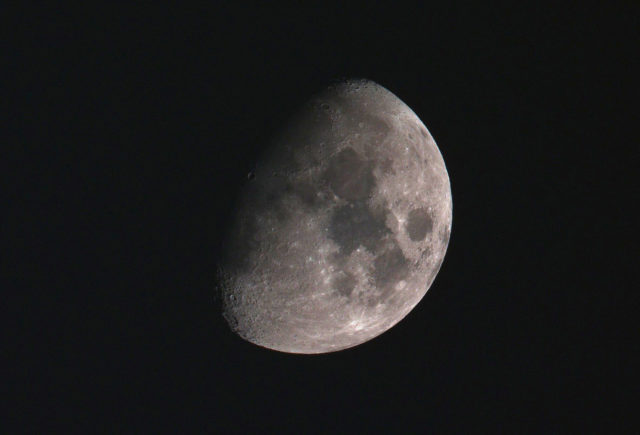

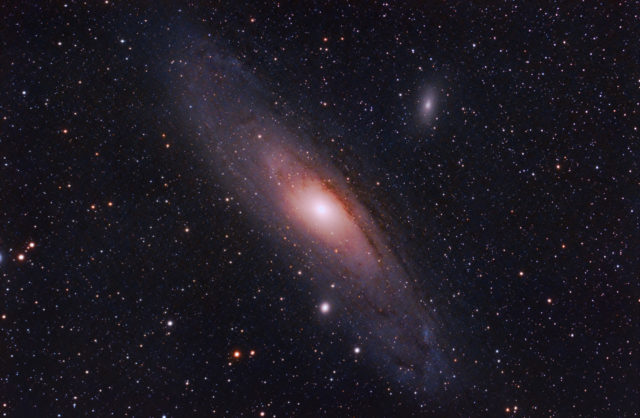
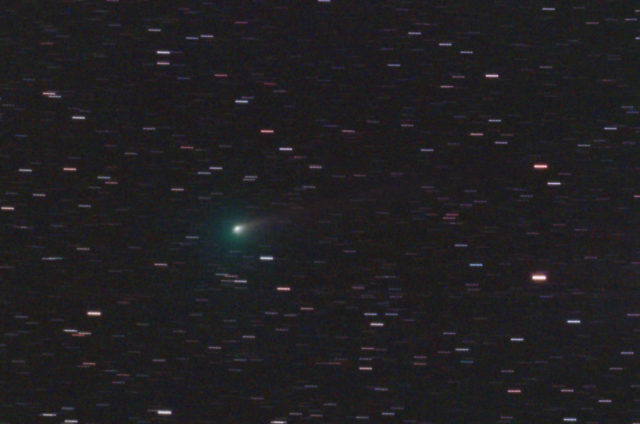
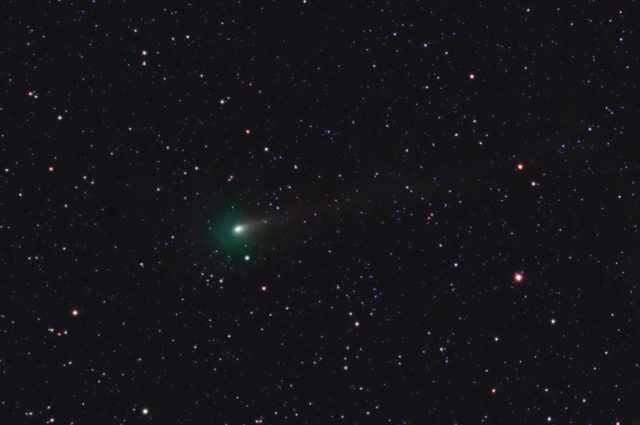
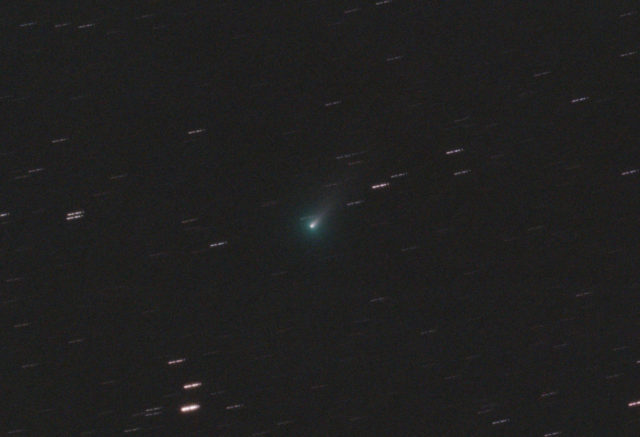

Great weather and very transparent skies for this session. I started out with the goal of getting two comets, but since they didn’t get into position until later, I started off with the Moon, then M45 and M31. I also shot Pickering’s Triangle, part of the Veil Nebula complex, but didn’t get enough subs to do it any justice.
The comets were small, but interesting with long tails instead of being just puff balls. 67P has a really long tail in images taken by others. I was glad to get as much as I got shooting from the middle of town with all the LP.
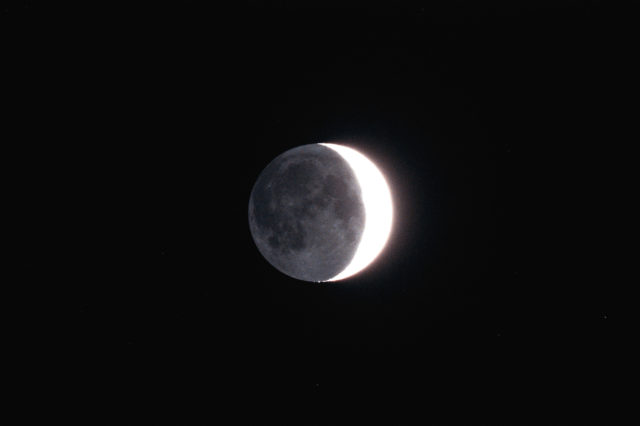

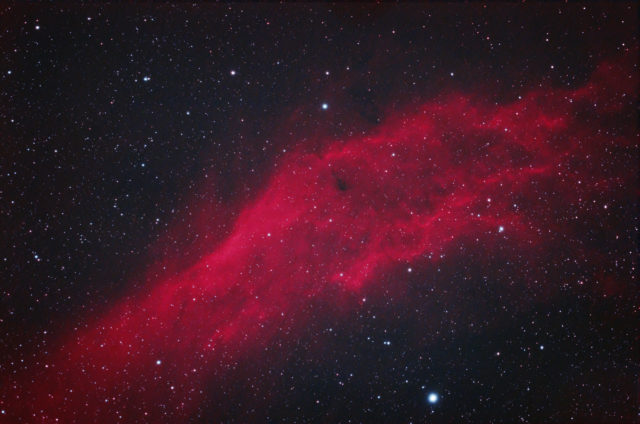
From last night, Sunday, Nov 7, 2021 local time.
I stayed out till almost 1:00 AM shooting this image of the California Nebula. It is 2.55 hours of 3 minute sub-images (51×180 sec) calibrated and stacked in SharpCap 3.2 LiveStacking. Taken with a QHY183c camera at -15C cooling, an Astro-Tech AT60ED at F/4.8 and an Optolong L-eNhance filter. Metro area location under heavy light pollution, but clear and transparent skies.
At the beginning of the session, the moon was beautiful next to Venus, but I could not fit them in the same field of view. So, I decided to catch the Earthshine before it got too low.
The Witch’s Broom was taken to kill time while waiting for the California Nebula to get into position.
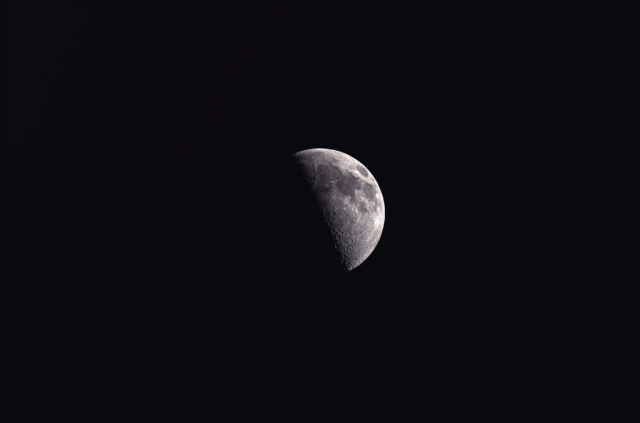
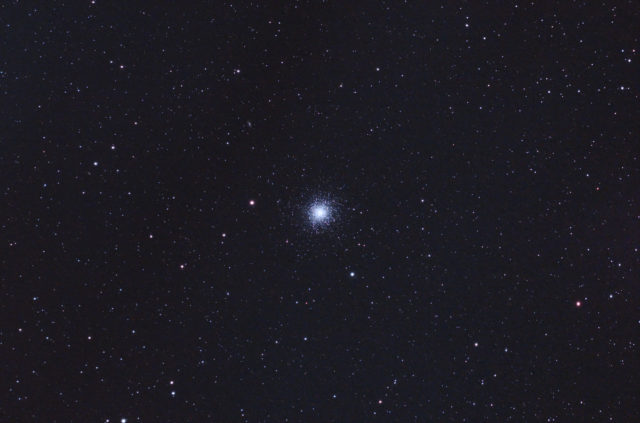
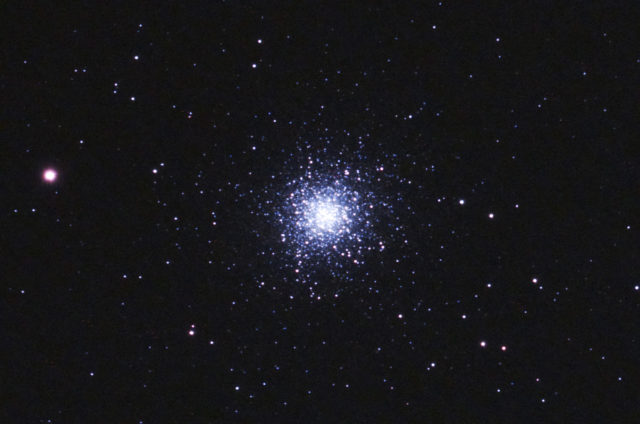
A quick outing before the weather got bad as a tropical storm hits from the Gulf. I wanted to test the new T-adapter fittings I got for the AT60ED to attach the camera instead of using the 1.25″ eyepiece adapter, like I had to do for the first light images.
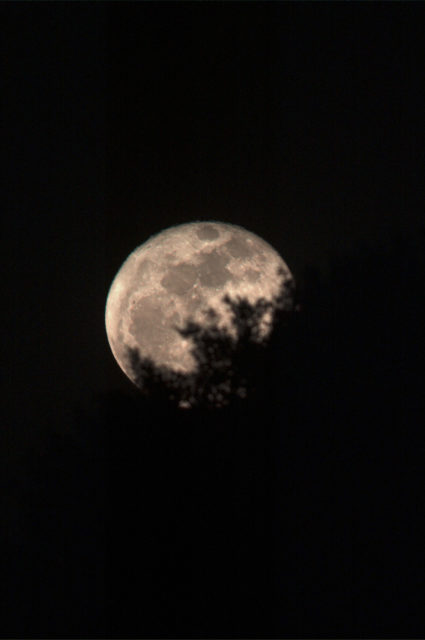
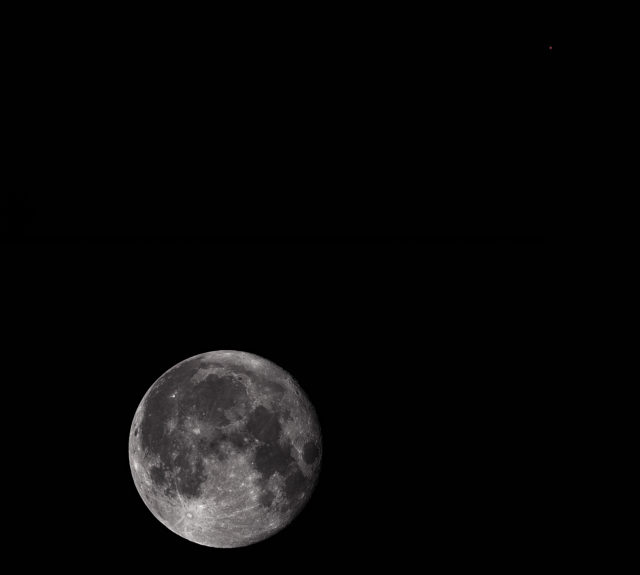
A beautiful evening for the Moon and Mars conjunction on October 2, 2020. Condition were so good that I was able to capture the moon rising behind a tree. Usually the muck is so thick at that altitude that I would not be able to get a good image, but this night it was extremely transparent.
The moonrise shot was a single frame. I had to do a composite for the still image of the Moon and Mars together. 10 frames were stacked in AutoStakkert of just the moon and 2 Mars frames were combined for the disk of Mars.
The MP4 video file is the first time I have tried including one in a astrophoto post. It is small enough in size to download in a reasonable amount of time. Video editing software I used was rudimentary and I really couldn’t get the background color corrected very well. I’ll have to find something that can do that job for future projects like this.